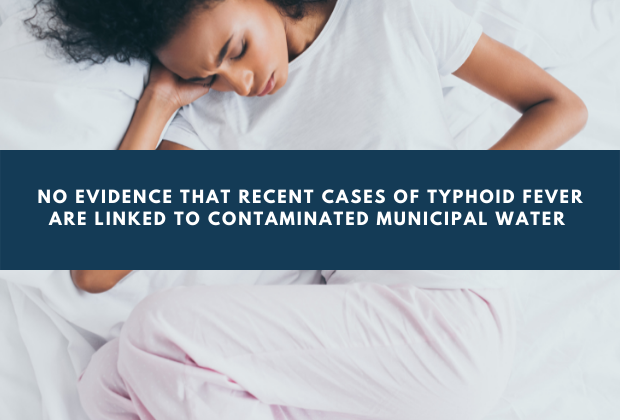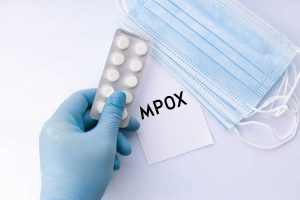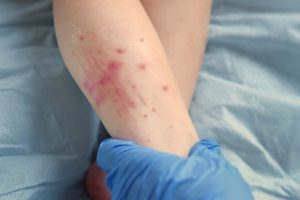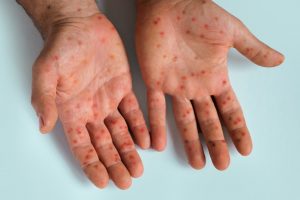There are numerous social media posts with false information about enteric fever in South Africa that are attracting widespread attention and causing needless concern and panic at the moment. These posts allege either that there are currently cases of enteric fever in certain towns or provinces caused by contaminated municipal water, or that the bacteria causing enteric fever have been identified in certain municipal water sources.
These statements are factually incorrect. There is no evidence that recent cases of enteric fever are linked to contaminated municipal water in any part of the country, and there is no evidence that the bacteria causing enteric fever have recently been identified in municipal water sources anywhere in the country. This includes those districts in Western Cape and North West provinces in which the clusters (small localised outbreaks) have been identified.
Remember that you can protect yourself and your family from enteric fever and many other infections by following these important preventive measures:
Hand hygiene. Wash hands with soap and safe water:
-
- Before, during, and after preparing food
- Before and after eating food
- Before and after caring for someone at home who is sick (especially if they have diarrhoea or vomiting)
- After using the toilet
- After changing diapers/nappies or cleaning up a child who has used the toilet
Food safety practice. Follow the World Health Organization’s five keys to safer food: keep clean; separate raw and cooked; cook thoroughly; keep food at safe temperatures, and use safe water and raw materials. Washing hands with soap and water before, during and after preparing food and before eating, is especially important.
Using safe water. When there is concern about the quality of water you are using for drinking and cooking, then it is recommended to treat the water first by boiling it (place water in a clean container and bring to a boil for 1 minute) or treating it with household bleach (add 1 teaspoon of household bleach (containing 5% chlorine) to 20-25 litres of water, mix well and leave it to stand for at least 30 minutes before use).
Ends.





